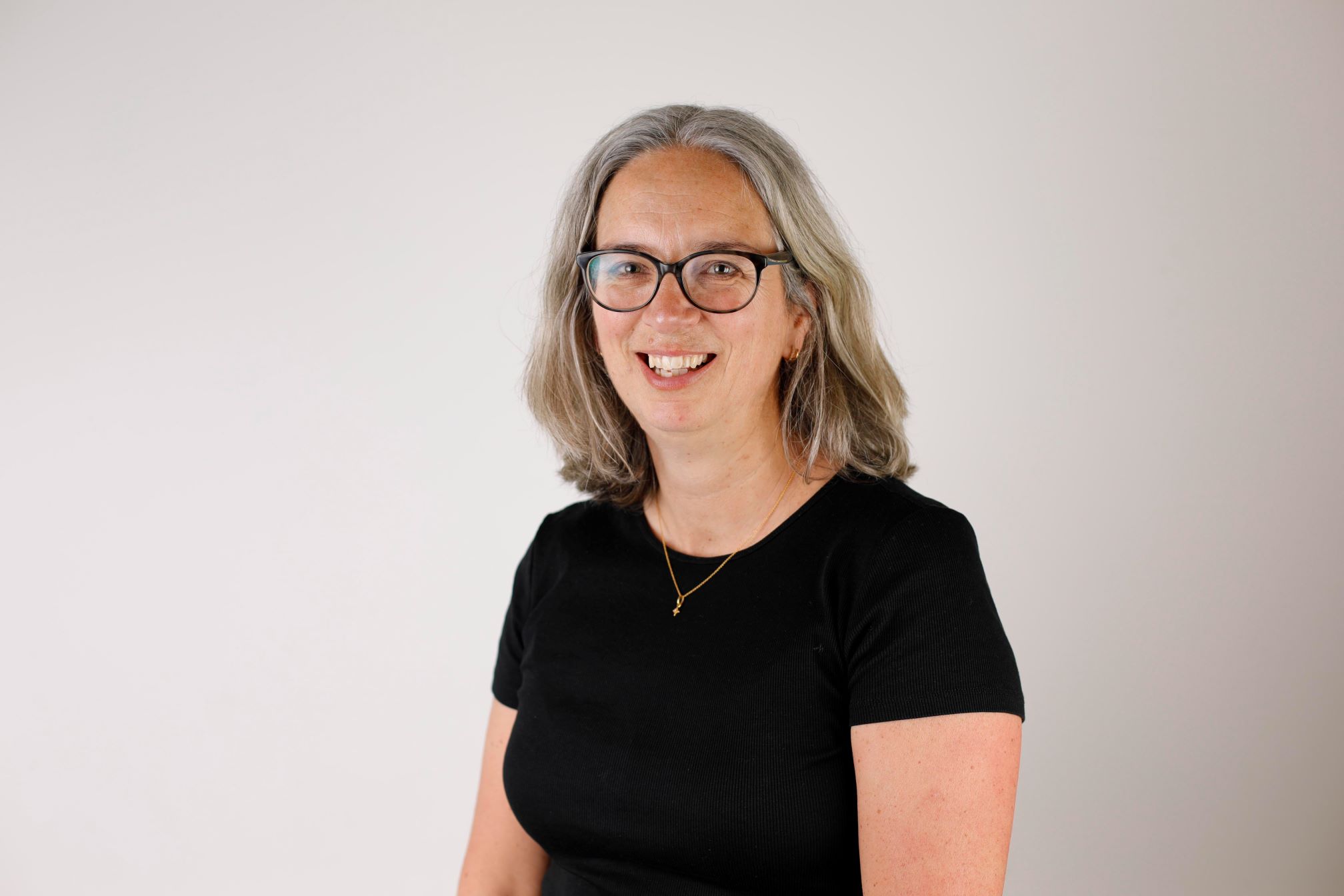
In our latest blog, Nicki Couzens, the Active Partnerships National Organisation’s (APNO) Strategic Lead for EED&I has reflected on our recruitment processes following the recent appointment of a large number of new team members at APNO.
Refreshing our Recruitment
A few weeks ago, I shared a LinkedIn post about my personal reflections on how the Active Partnerships National Organisation has challenged itself to reform its approach to recruitment, aiming to create a more equitable and positive process.
Josh Lenthalls recent post had resonated with me as I reflected on many of the insights and changes we’ve implemented after discussions internally, as well as with partners such as Active Oxfordshire and other stakeholders within and outside the sector.
We have recently recruited to seven roles using our new process (although we continue to adapt it as we learn more), so it seemed a good time to evaluate its effectiveness, identify trends, and address challenges.
Is it working?
We revised our recruitment process to better reflect our organisational culture and embed our principles of Equity, Equality, Diversity and Inclusion (EEDI). Our goal was to eliminate barriers for applicants and remove biases during shortlisting. This approach is also part of our commitment to becoming anti racist.
Have applicants reflected the diversity of the population?
Some people declined to answer some monitoring questions but there were some interesting observations when the data was analysed and compared with the 2021 census.
Shortlisting
Analysis of the shortlisting process showed a diverse range of candidates in terms of ethnicity, disability and sexual orientation were invited to interview, indicating that the system is helping mitigate bias.
Candidate Experience
The Applied online platform that we have been using allows candidates to rate and comment on the application process. Ratings from applicants across the seven roles we’ve recruited to averaged at least 8/10 with several candidates rating it 10/10.
Feedback highlighted people generally welcomed the innovative approach, thought it was a fair, easy to use, and the amount of work to complete the application felt proportionate for first stage. However, some candidates felt it didn’t allow them to fully showcase their strengths and would have liked to have been able to unload a CV or covering letter.
A quote from an unsuccessful candidate who had been interviewed reflects this experience:
“I thought your talent search was impressive: effective, smooth, fast and definitely fair. Granting me (an immigrant with most of my work experience being outside of the UK, with a foreign accent, from the BAME community) an equal opportunity, proves the process was unbiased. Kudos & thank you.”
So, what does this mean?
Our new recruitment approach is encouraging applications from a more diverse range of candidates, but there’s more work to do, particularly in attracting applications from disabled people and those from deprived households. Key observations include:
A more detailed breakdown of the statistics is provided below.
Gender
More women than men (44% v 39%) applied, with significant variation across the different role types. 58% of people interviewed were women.
Operation and welfare roles attracted more women, while strategic roles (expect welfare) and the multi-sport roles were more male dominated.
These results may be due to several factors including the benefits of flexible and remote working attracting more women to apply. All future job packs should use gender neutral language and list only essential skills to ensure that people can easily identify if a job is right for them.
Ethnicity
18% of candidates were from an ethnically diverse background and 15% of people interviewed were ethnically diverse (81.7% identified themselves as white in 2021 census)
Disability
7% of candidates indicated they had a disability and 15% of people interviewed had a disability , compared to just under 20% in the 2021 census.
Sexuality
Socioeconomic Status
We are always open to ideas and suggestions on how we can improve our recruitment, so please get in touch if you have advice and best practice to share.
*LGB – the recruitment system used doesn’t currently reflect the options of LGBTQ+. We are aware that this is an issue and are trying to find a solution.